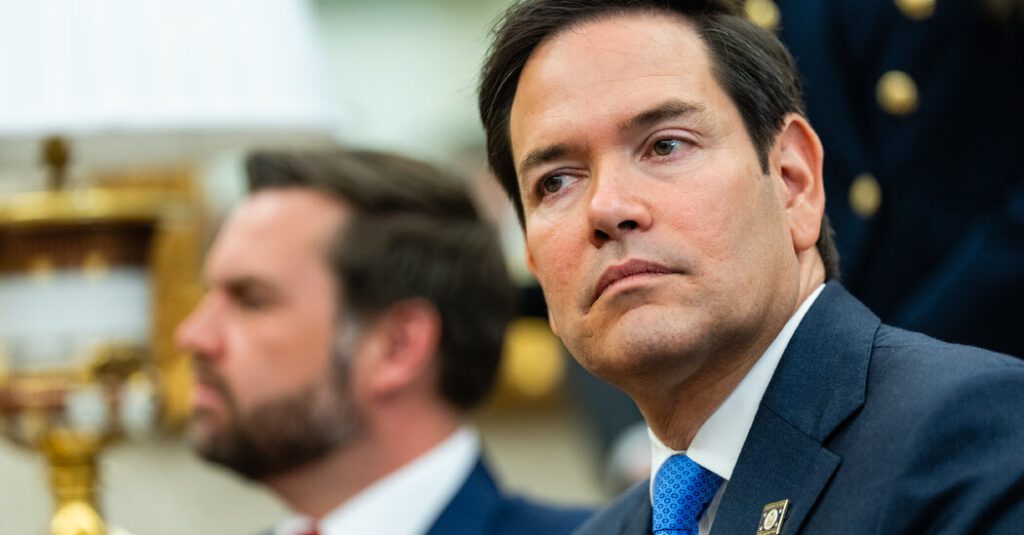Proposed Cuts to State Department Funding Raise Concerns
Overview of Proposed Budget Cuts
Recent reports indicate that the Trump administration is contemplating a drastic reduction in funding for the State Department, potentially cutting nearly 50% of its budget in the upcoming fiscal year. This decision is outlined in an internal memo that has reportedly been received by senior officials within the department.
Specifics of the Funding Reduction
The memo, dated April 10, suggests eliminating almost all funding for international organizations, including the United Nations and NATO, as well as discontinuing support for international peacekeeping operations. Furthermore, it proposes significant cuts to educational and cultural exchange programs, encompassing initiatives like the Fulbright Program.
Additionally, funding for humanitarian assistance and global health programs could see reductions exceeding 50%, despite reassurances from Secretary of State Marco Rubio that essential lifesaving programs would remain intact. It’s unclear, however, whether Rubio has officially backed the cuts detailed in the memo.
Budget Implications and Legislative Response
According to a U.S. official familiar with the situation, it is anticipated that the White House will present a budget proposal to Congress this spring that aligns closely with the details outlined in the memo. The deadline for agencies to submit their reorganization plans to the White House is imminent, with many already implementing their proposed cuts.
Concerns have emerged among lawmakers, particularly among Democrats, who express apprehension that such reductions would leave the United States vulnerable on the global stage. Senator Jeanne Shaheen highlighted the risks of weakening NATO funding during a time of heightened security threats in Europe, while Senator Brian Schatz described the proposed cuts as “deeply troubling,” asserting that they could compromise national security.
Detailed Budget Breakdown
The suggested budget request for the State Department for fiscal year 2026 stands at $28.4 billion, a stark decrease of $26 billion compared to the fiscal year 2025 allocations. Furthermore, the administration plans to reclaim approximately $20 billion in unspent funds from the previous fiscal year.
Among various proposed measures, a pay and hiring freeze within the State Department is expected to remain in effect through fiscal 2026, with exceptions made only for positions needed to manage foreign aid programs being transitioned from the disbanded U.S. Agency for International Development (USAID).
Implications for Global Health and Humanitarian Aid
The memo indicates that only a limited amount of funding will be preserved for specific global health initiatives, including $2.9 billion earmarked for H.I.V. treatments under the President’s Emergency Plan for AIDS Relief. Other essential programs aimed at combating diseases like tuberculosis, malaria, and neglected tropical diseases may face severe cuts.
In terms of humanitarian aid, the memo allocates $2.5 billion for a new Bureau for Humanitarian Assistance, along with $1.5 billion designated for emergency migration and refugee support, which President Trump may utilize in response to humanitarian crises.
Further Developments
Despite Secretary Rubio’s earlier commitment to continue critical lifesaving assistance programs, reports suggest that some of these initiatives have quietly been canceled. As the administration moves forward with its plans, the implications for U.S. foreign policy and international relations remain a central concern.


